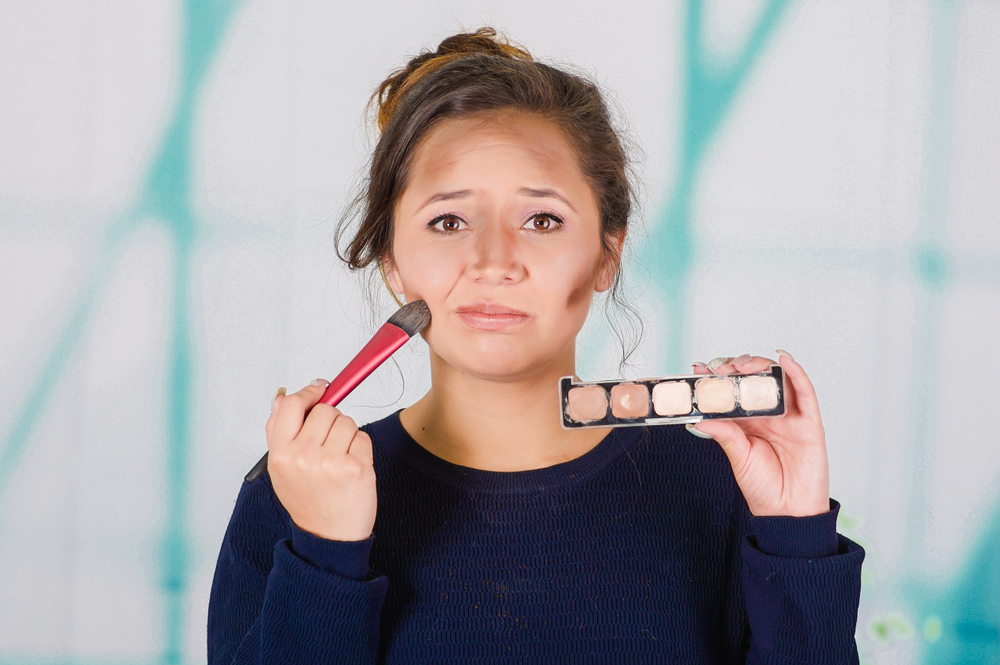Your home might be gorgeous, curated, and scent-misted within an inch of its life, but lurking in the corners (and cabinets) are the kinds of items your body and the planet have been side-eyeing for years. Despite the sustainability content you swipe past and the wellness reels you save but never revisit, some of the worst offenders in your space remain totally unbothered. They’re nostalgic, convenient, or just so embedded in your routine that questioning them feels like a personal attack. But it’s 2025, and we can do better. If you’ve been waiting for a sign to rethink your so-called essentials, this is it.
1. Non-Stick Cookware With Teflon

You know that frying pan you’ve had since college? If it’s non-stick and made before 2013, it’s probably coated with PFOA—a synthetic chemical linked to cancer and hormone disruption. Even though manufacturers claim newer models are safer, lingering concerns around Teflon alternatives remain. Scratches on the surface aren’t just unsightly—they’re a red flag. Teflon pans release toxic fumes when overheated, and no, your stovetop omelet isn’t worth the risk. Ceramic or cast iron might require a learning curve, but they last forever and won’t harm your immune system. If you’re not ready to throw it out, at least reserve it for low-heat dishes. But honestly? It’s time to switch.
According to Healthline, Teflon cookware made before 2013 may contain PFOA, which has been linked to several health conditions including thyroid disorders, kidney and liver disease, and certain cancers. While modern Teflon products are PFOA-free, overheating nonstick pans above 500°F (260°C) can cause the coating to break down and release toxic fumes that may lead to polymer fume fever, also known as Teflon flu. To stay safe, consider switching to ceramic or cast iron cookware, which are durable, non-toxic, and free from these risks.
2. Scented Candles
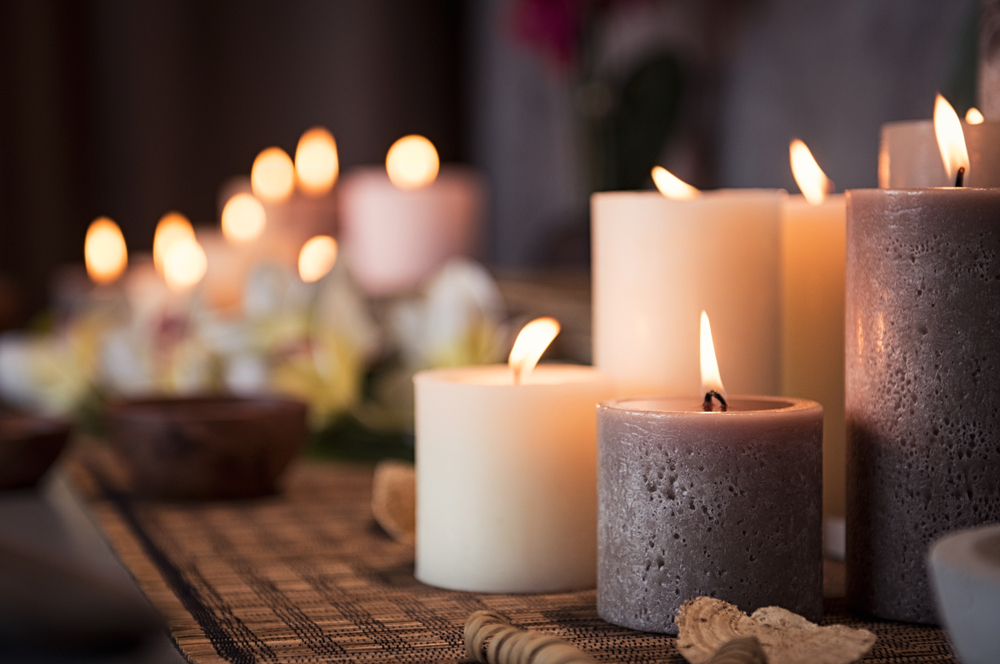
They look chic on your coffee table, sure, but many scented candles are little air-pollution factories in disguise. Especially the cheap ones made with paraffin wax and synthetic fragrances—these can release formaldehyde, benzene, and toluene into your space. Translation: your cozy vibe is low-key toxic. And don’t even get started on the soot. Opt for candles made with soy, beeswax, or coconut wax, and always check that the fragrance is phthalate-free. Or better yet, lean into diffusers with essential oils if you’re serious about cleaner air. The ritual is still there; the headache doesn’t have to be. Keep the vibe, lose the toxicity.
According to The Conversation, burning scented candles can increase fine particle concentrations indoors to levels up to 15 times higher than World Health Organization limits, especially in poorly ventilated spaces. These particles and the chemical compounds released can cause short-term irritation and long-term health risks including heart and lung diseases.
3. Air Fresheners
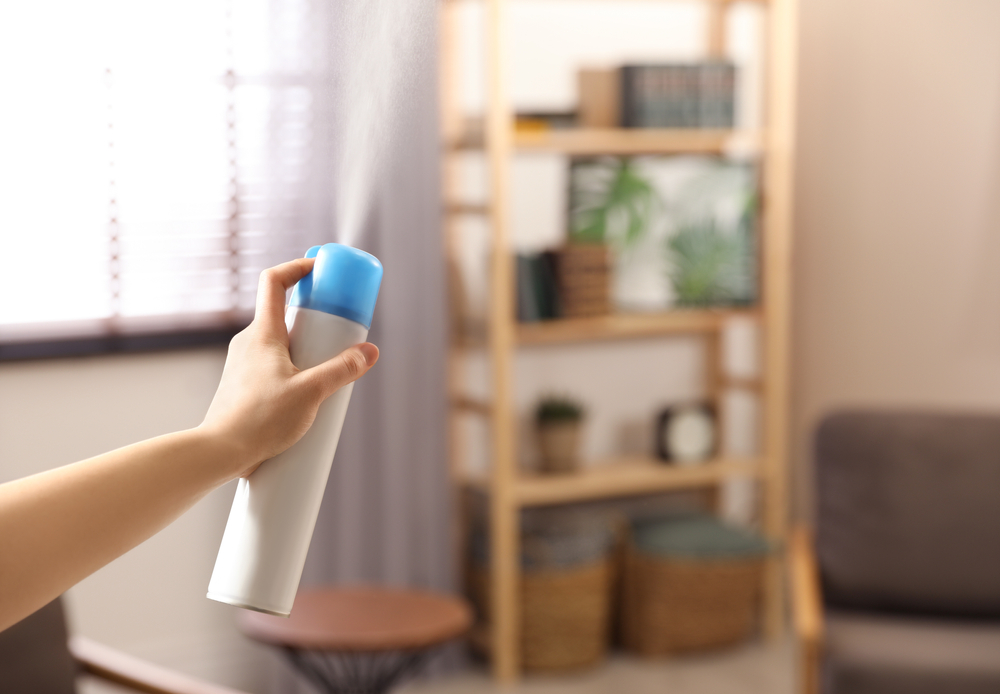
Plug-ins, sprays, gels—they promise “fresh” air, but the reality is a chemical cocktail that doesn’t freshen, just masks odors. Most commercial air fresheners release volatile organic compounds (VOCs) that can irritate your lungs, disrupt hormone function, and trigger migraines. Even those with pleasant scents like bergamot or sea salt can contain harmful chemicals. It’s all clever marketing masking a hidden health risk.
If you want a truly fresh-smelling home, open a window regularly or simmer citrus peels and herbs on the stove to naturally scent your space. Houseplants are another excellent option, quietly purifying the air without releasing toxins. According to ColumbiaDoctors, many air fresheners contain chemicals that may contribute to respiratory issues, hormone imbalances, and even increase cancer risk with long-term exposure. Your lungs deserve better than a temporary cover-up.
4. PVC Shower Curtains

That plasticky new-shower smell? It’s vinyl chloride off-gassing into your bathroom. PVC (polyvinyl chloride) is often softened with phthalates—hormone-disrupting chemicals that linger long after the curtain’s been hung. Every steamy shower becomes a chemical exposure event, releasing volatile organic compounds (VOCs) that can irritate your respiratory system and cause headaches or dizziness. These chemicals have been linked to nausea and even damage to the liver and reproductive system, making your bathroom a surprisingly hazardous space.
Switching to fabric curtains made from organic cotton or hemp is a simple but effective solution. These materials are washable, breathable, and free from harmful chemicals, so they won’t turn your shower into a chemistry experiment. PVC-free liners are also available if you still need waterproof protection. According to InterNACHI, making this small swap can significantly reduce your exposure to toxic substances and improve your indoor air quality — a big upgrade for your health and home.
5. Cleaning Sprays With Ammonia Or Bleach
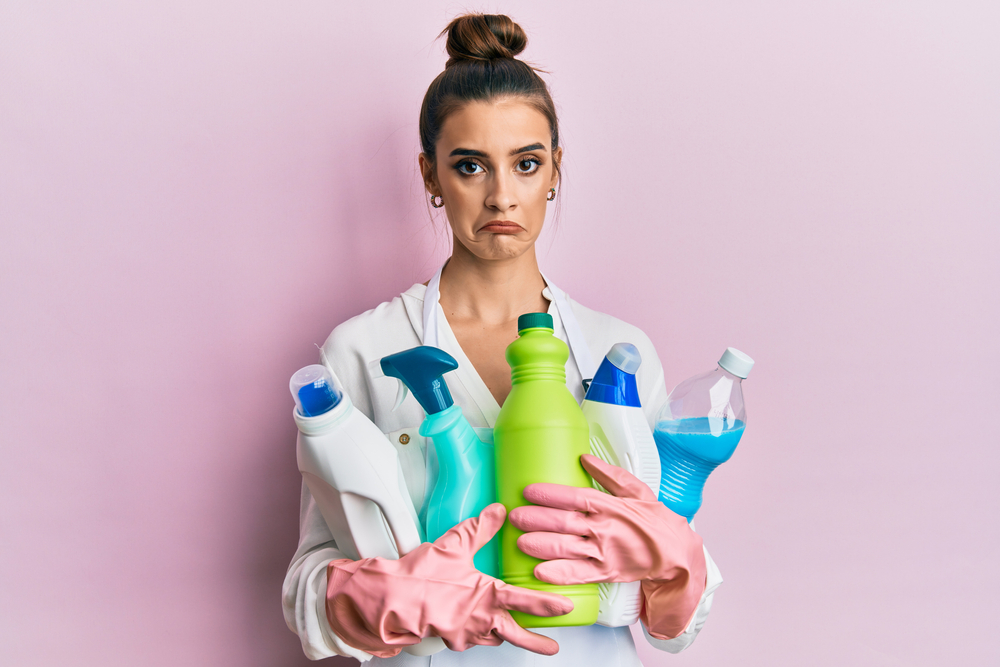
The sharp, sterile smell of ammonia or bleach may scream “clean” to your brain, but your skin, eyes, and lungs think otherwise. These ingredients can irritate mucous membranes and contribute to indoor air pollution. Worse, mixing them (even accidentally) can produce toxic chloramine gas, which can cause coughing, nausea, shortness of breath, chest pain, and even more severe respiratory issues.
Thankfully, green cleaners have evolved beyond vinegar and good intentions, according to the Washington State Department of Health’s guidance on the dangers of Mixing Bleach with Cleaners. There are plant-based alternatives that actually work and don’t leave you lightheaded. Or, if you love a DIY moment, baking soda and castile soap go a long way. A cleaner home shouldn’t come at the cost of your actual health, for more details on the dangers of mixing bleach and ammonia.
6. Flame Retardant Furniture
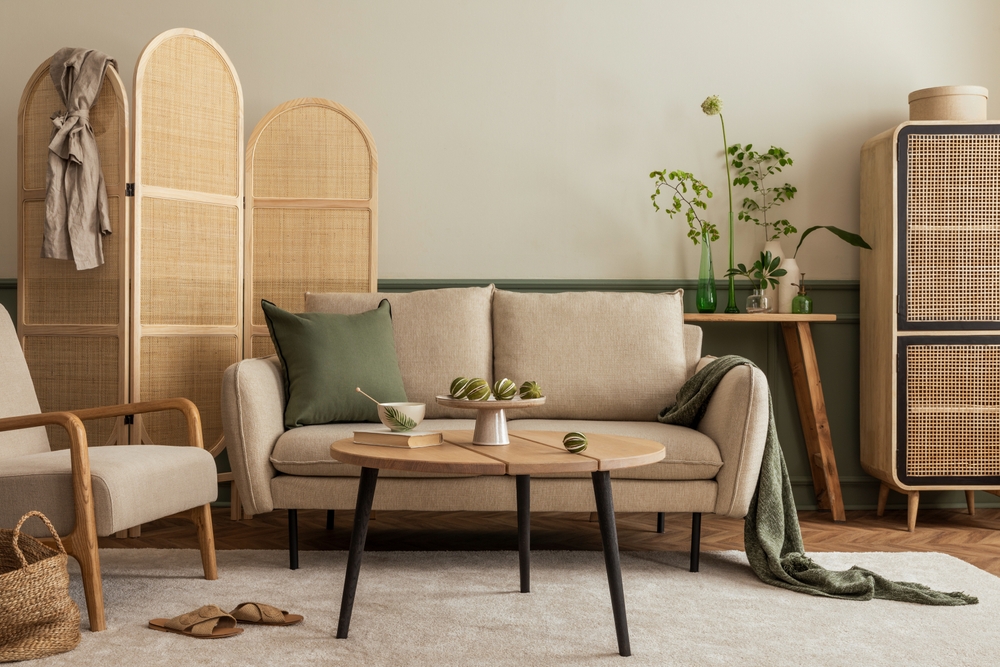
No one’s saying you should live in a flammable minimalist fantasy—but most upholstered furniture made before 2015 is loaded with toxic flame retardants. These chemicals were added to couches, mattresses, and even baby items, despite research showing they don’t actually prevent fires effectively. Instead, they leach into dust and end up in your bloodstream. Cozy meets carcinogenic.
Modern regulations are shifting, and many newer pieces are flame-retardant-free, especially if labeled with TB117-2013. If replacement isn’t an option, invest in a good vacuum with a HEPA filter to reduce dust exposure. Even throwing a washable cover over older furniture can help. You deserve to lounge without inhaling fire-safety failure.
7. Plastic Food Containers
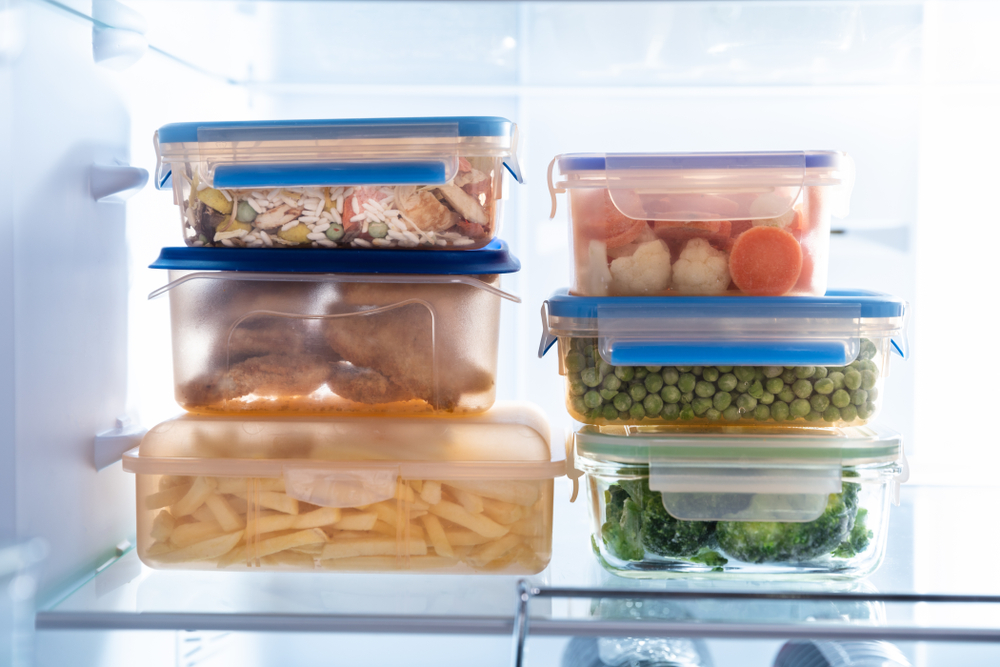
Still storing your soup in that 5-year-old takeout container? You might be microwaving microplastics into your lunch. Many plastic containers—especially those not labeled BPA-free—can leach endocrine-disrupting chemicals when exposed to heat. And no, “dishwasher safe” doesn’t mean “non-toxic.”
Glass or stainless steel containers are the real MVPs here. They’re durable, reusable, and won’t sneak chemicals into your leftovers. If you must keep plastic, avoid microwaving or using it for hot foods. A sleek set of Pyrex is a flex that actually matters.
8. Antibacterial Hand Soaps
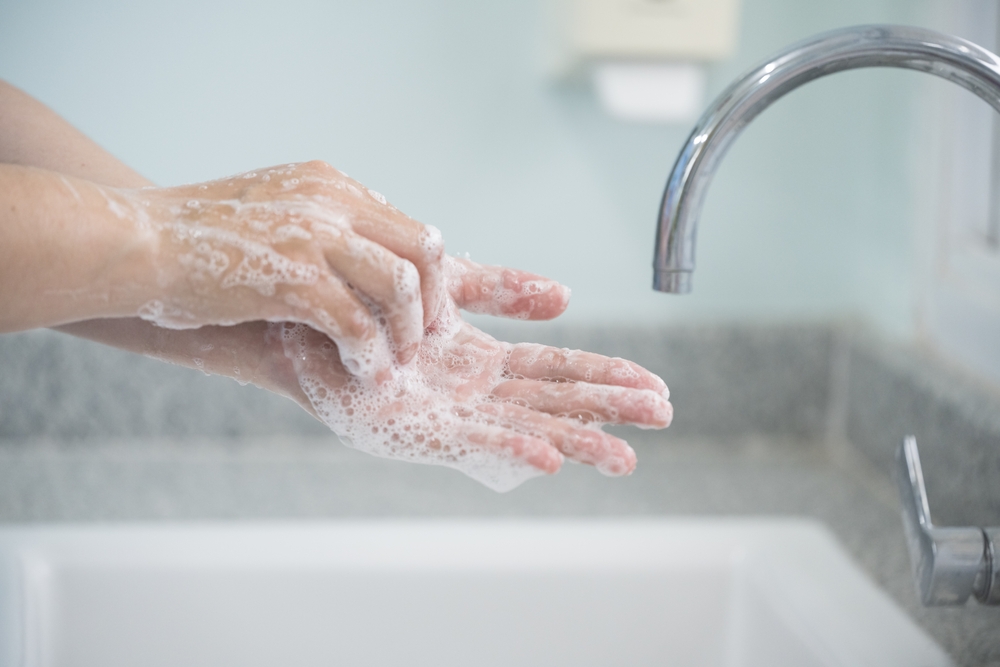
The obsession with killing all germs took a dark turn when triclosan became the norm in antibacterial products. This chemical disrupts hormones, contributes to antibiotic resistance, and doesn’t even clean better than plain soap and water. In fact, the FDA banned it from over-the-counter hand soaps back in 2016, but it still shows up in other products. Tricky.
Unless you’re performing surgery at home (please don’t), you don’t need antibacterial hand soap. A gentle castile or glycerin-based soap will do the job beautifully. Bonus: it won’t dry out your skin like those harsh alternatives. Sometimes, simple is smarter.
9. Conventional Dryer Sheets
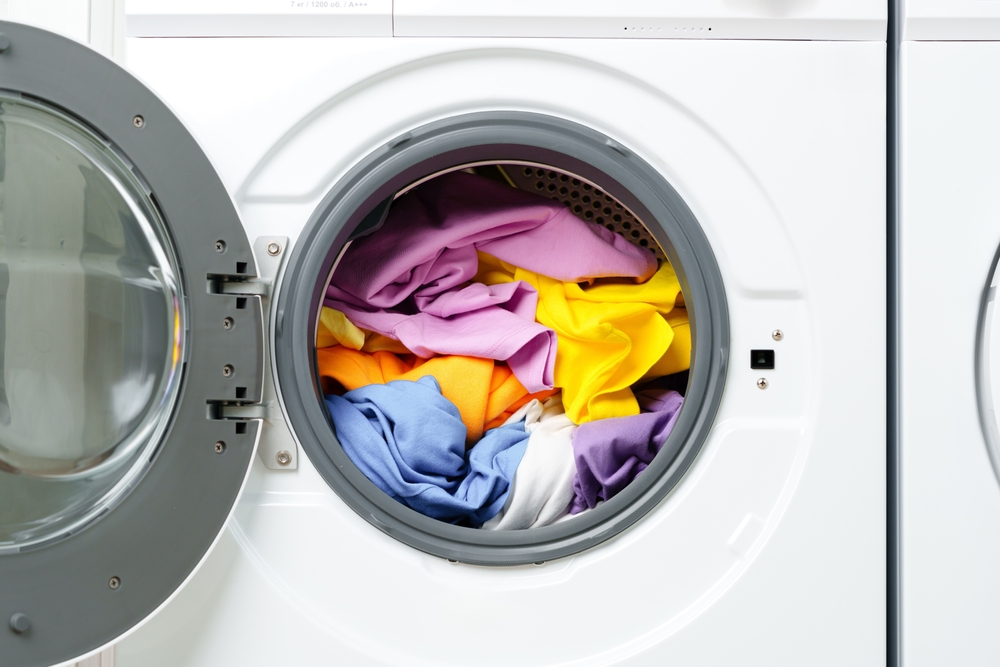
Sure, your laundry smells like a cloud of calm, but the truth is: most dryer sheets are chemical cling masquerading as fabric care. They’re packed with synthetic fragrances and coating agents that can irritate your skin and pollute indoor air. Worse, they deposit a waxy film on your clothes that can reduce fabric breathability. Fashion meets fumes.
Wool dryer balls are a cleaner, reusable alternative—and they reduce drying time, too. You can even scent them naturally with essential oils. Want that crisp-laundry vibe without endocrine disruption? Make the switch and never look back.
10. Old Wall Paint
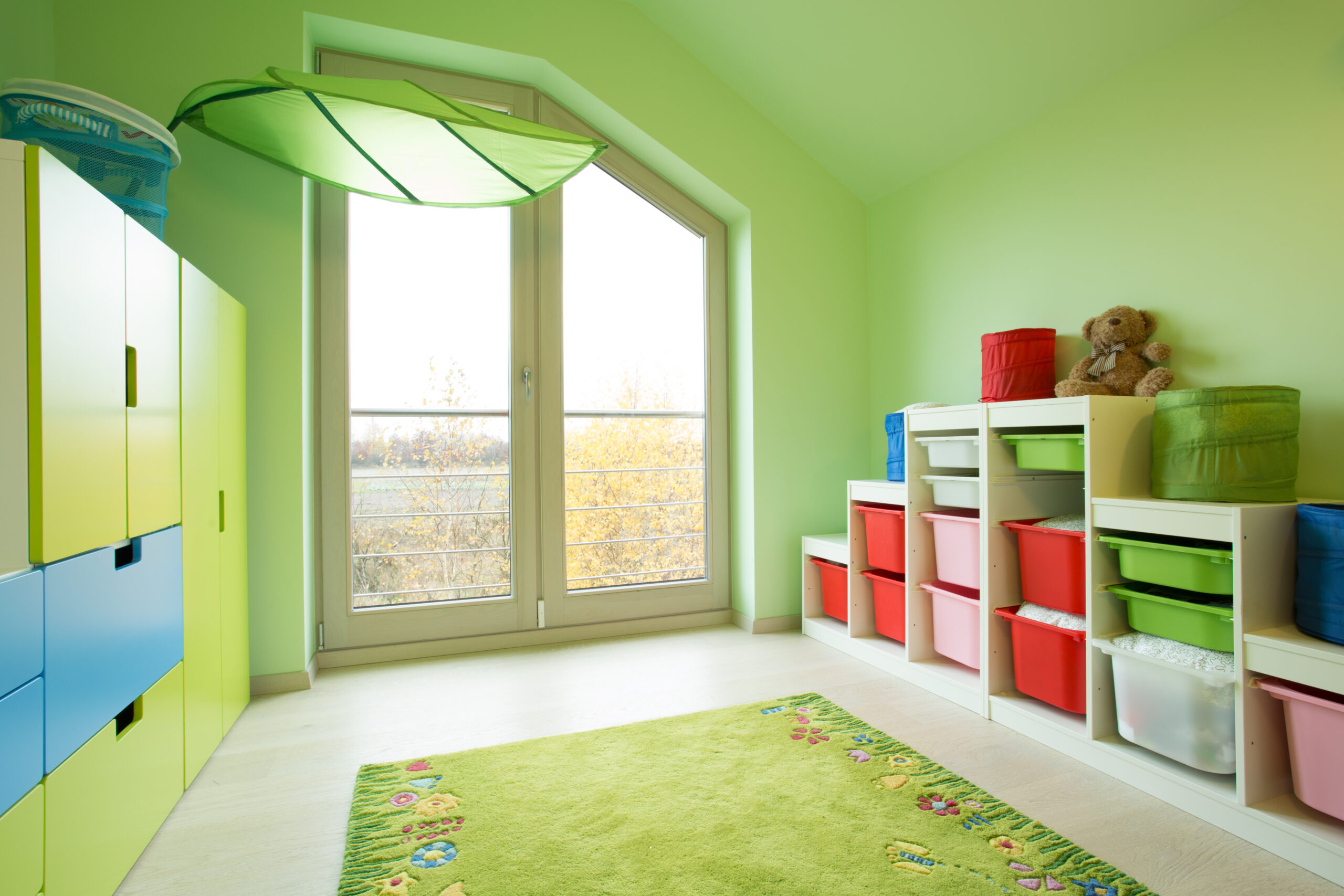
If your walls were painted before 1978, they may still contain lead-based paint—a known neurotoxin, especially dangerous for kids. Even if it’s been covered, chipping or sanding can release dust particles into the air. It’s one of those invisible risks that quietly lingers. Out of sight, not out of mind.
Testing kits are available and relatively easy to use. If lead is detected, don’t DIY the removal—bring in certified professionals. And if you’re renovating, go for zero-VOC paints to keep your air clean. Walls shouldn’t be a health hazard.
11. Artificial Sweeteners
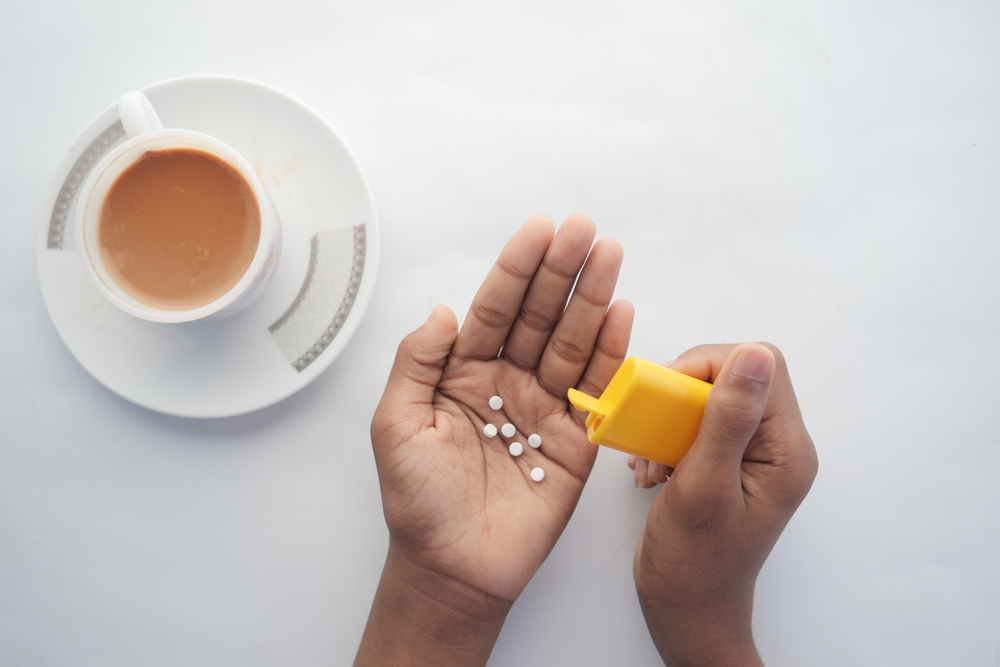
Your sugar-free soda or protein bar might seem harmless, but artificial sweeteners like aspartame and sucralose have controversial reputations. Emerging research links them to gut microbiome imbalances and metabolic issues. And let’s be real—your body doesn’t recognize “fake sweet” as neutral. It gets confused.
If you’re trying to cut sugar, natural options like monk fruit or stevia (in moderation) are safer bets. Or just reframe your relationship with sweetness altogether—bitter and tart deserve more love. You don’t need a chemistry degree to decode your snacks. Less is truly more.
12. Nail Polish Remover With Acetone
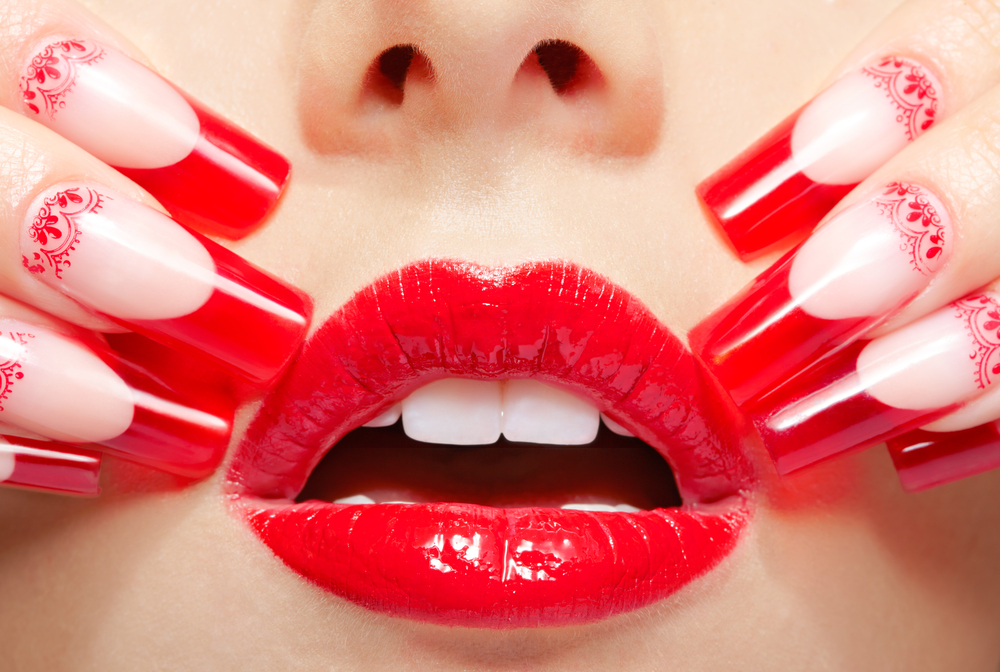
Acetone gets the job done fast, but it’s a harsh solvent that strips your nails, dries out your skin, and contributes to indoor air pollution. It’s flammable, too, which makes your mani-pedi feel more like a science experiment. Long-term exposure? Not cute. Short-term fumes? Still not worth it.
Non-acetone formulas are gentler and less aggressive, though they may take an extra swipe. Your nails will thank you, and your room won’t smell like a chemistry lab. Clean beauty isn’t just about color—it’s about what you’re taking off, too. The glow-up starts at removal.
13. Cling Wrap

Plastic wrap may be a kitchen staple, but it’s a single-use product that’s difficult to recycle and often contains plasticizers like DEHA. These chemicals can migrate into fatty foods, especially when heated. Yes, your cheese plate deserves better. And your planet definitely does.
Reusable beeswax wraps or silicone lids are safer, chicer alternatives. They reduce waste and don’t leach chemicals into your snacks. A little effort here makes a big impact. Ditch the plastic for something more evolved.
14. Cheap Mattresses
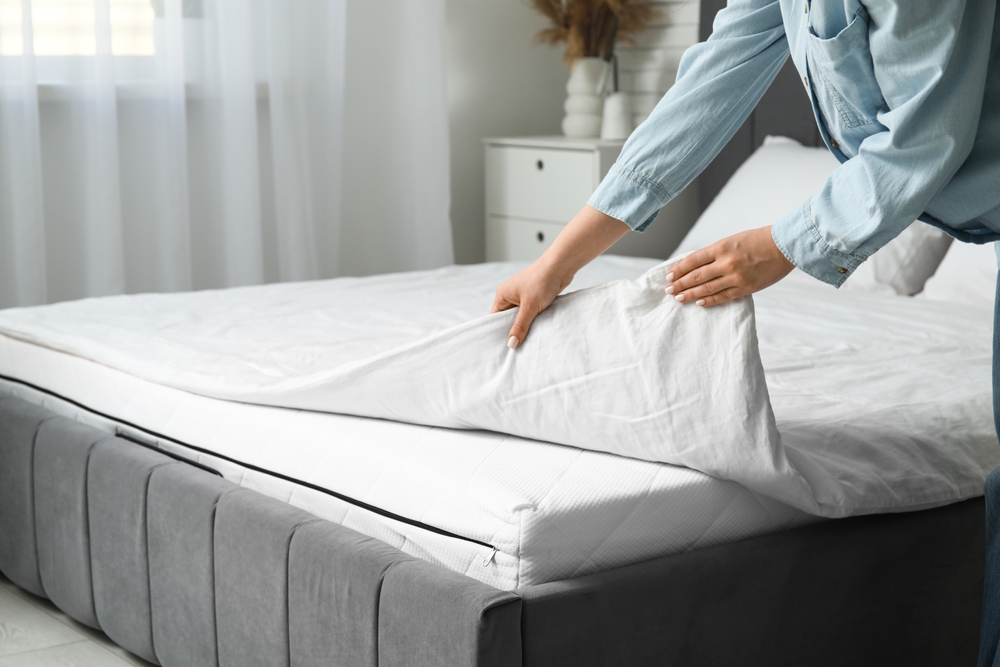
A bargain mattress might save money upfront, but it often comes with toxic flame retardants, VOCs, and questionable foam. You spend a third of your life in bed—shouldn’t it be a safe place? Cheaper beds can off-gas for months, affecting your sleep and respiratory health. No thanks.
Look for certifications like GOLS (for latex) or CertiPUR-US (for foam) when shopping. If a new mattress is out of reach, get a non-toxic topper as a stopgap. Your sleep shouldn’t come with side effects. Rest is sacred—treat it that way.
15. Old Thermometers And Light Bulbs

Still holding onto that mercury thermometer or CFL bulb in the back drawer? Both can release mercury if broken, which is dangerous even in small amounts. While they’re relics of another time, they’re not something you want in circulation. Accidents happen.
Digital thermometers and LED bulbs are safer, more efficient upgrades. Dispose of the old ones responsibly—don’t just toss them in the trash. Your junk drawer deserves a detox, too—even the smallest swaps matter.
Natasha is a seasoned lifestyle journalist and editor based in New York City. Originally from Sydney, during a stellar two-decade career, she has reported on the latest lifestyle news and trends for major media brands including Elle and Grazia.

